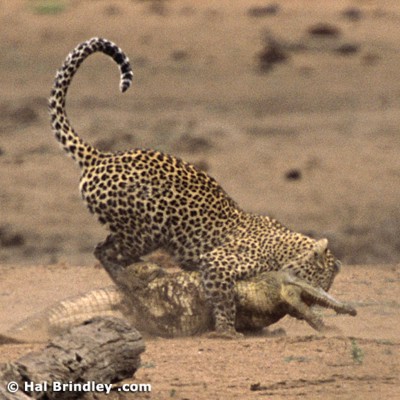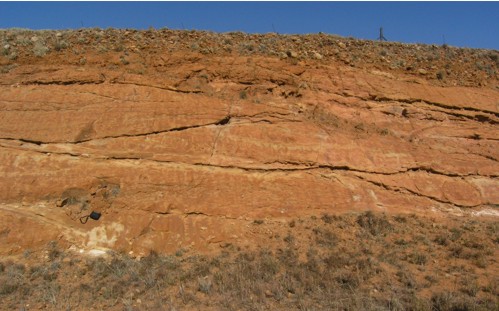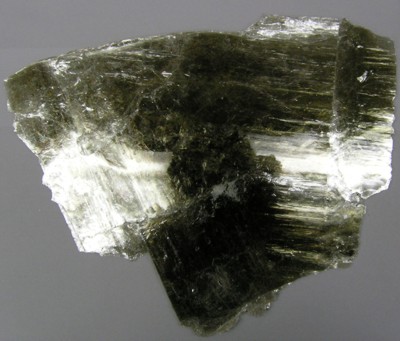I preface these comments with the following two disclaimers:
(1) PZ Myers has the right to write what he likes on his blog, and he certainly has the right to dispose of items in his possession, be they (supposedly) edible or not, in any manner he chooses.
(2) Any Catholic planning to wax lyrical on how their faith is one of ‘tolerence and peace’ should, in the light of recent events, check that everyone in the vicinity has switched off their irony meters, lest they cause their neighbourhood to transubstantiate into a large, smoking crater.
Nonetheless, on reviewing the whole palava kicked off by the original ‘cracker’ post, I can’t help but wish that he’d wrapped it up one paragraph early. One of the forces behind the rise of the so-called ‘New Atheism’ is the increasingly brazen attempts by some religious denominations to push their beliefs into government, and into other people’s lives, on the basis of their faith alone. Inserting dogma into the public discourse justifiably opens it up to critical examination and possible ridicule (even if those doing the inserting apparently feel that their ‘deeply held beliefs’ negate the need to actually present – and win – a reasoned argument), and in this case the Catholic church, by using (or abusing) nominally secular University authorities to pursue the original Eucharist thief, had clearly crossed that line, and deserved to be called on it. But the whole ‘send me your crackers’ thing – well, I winced, because suddenly the whole thing started to feel more like a case of going after peoples’ beliefs within their own house of worship, and if it felt like that to me, I could imagine how it would be viewed by those well used to crying “help, help, I’m being oppressed!” at even the smallest provocation. In the end, the simultaneous disposal of the God Delusion was a worthy attempt to swing the focus back onto the core message of ‘nothing is sacred’, but I’m not sure it really succeeded; in such polarised debates, the message you’re trying to send, and the message that is actually received, can be very different beasts.
I doubt PZ cares much about my squemishness – and he shouldn’t. However, given that we do occupy the same blog network, and that a disturbingly high number of people seem to mistakenly believe (even in the face of the periodic flame-wars) that when one of us speaks, they speak for us all, I just wanted to make it known that unless the Catholic church is planning to force-feed me those wafers any time soon, I fail to see either the wisdom or the effectiveness of PZ’s tilting at Eucharistic windmills.
This is a personal opinion of the author. Anyone treating or using it as a condemnation is being an idiot, and will be dealt with as such.







Nice plan for content warnings on Mastodon and the Fediverse. Now you need a Mastodon/Fediverse button on this blog.